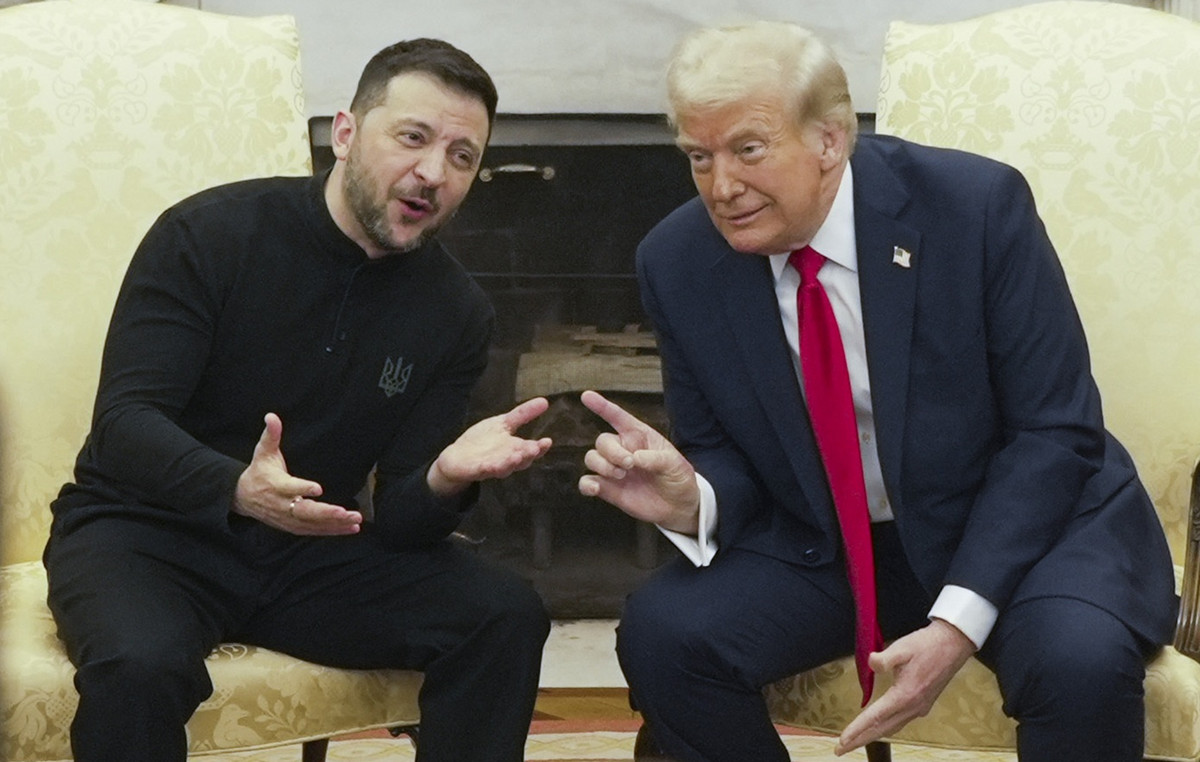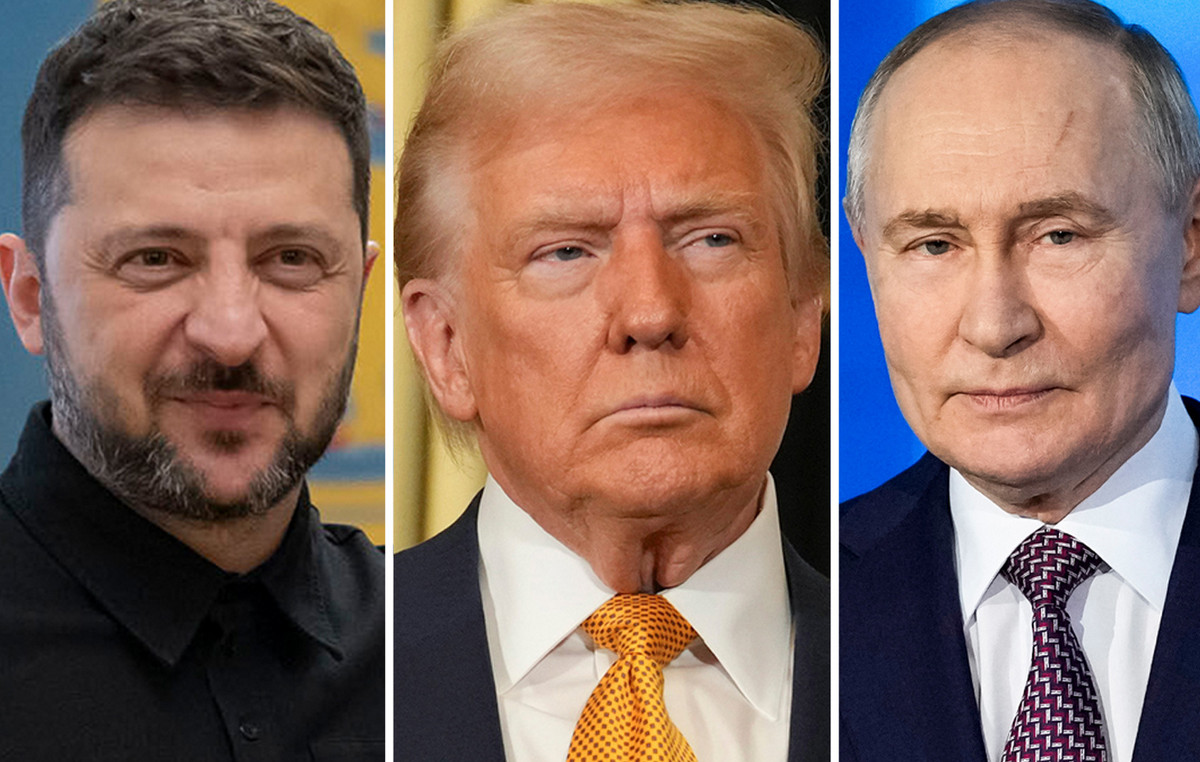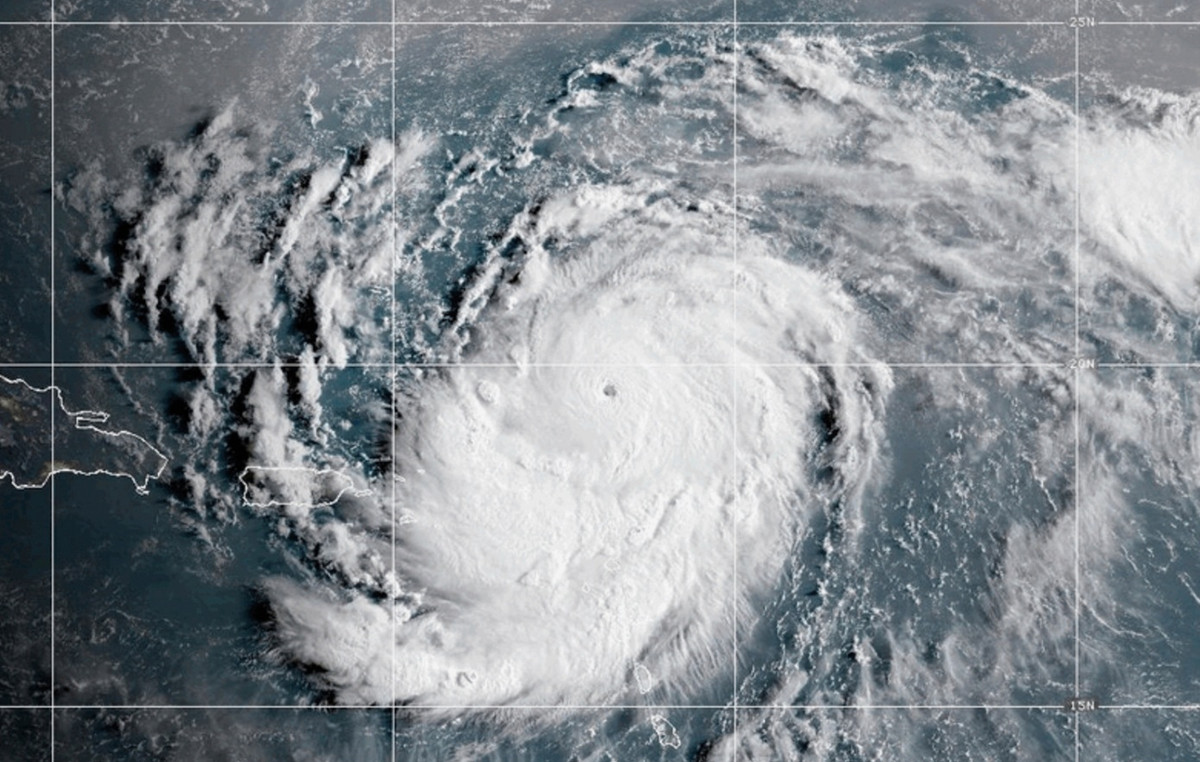Thursday began with markets digesting interest rate decisions in Brazil and the United States, and monitoring the war in Ukraine and economic stimulus in China.
Starting abroad, US futures are down. On Wednesday (16), the indexes rose reflecting the stimulus announced by the Chinese government. The assessment that Xi Jinping will not let the economy cool down amid the new lockdowns trumped the US central bank’s harsher tone.
Stocks also rose yesterday as speeches by leaders of Ukraine and Russia brought some hope for a deal between the parties.
This morning, the American market still had interest rates in focus. As expected, the Fed – the US central bank – raised the interest rate by 0.25 percentage point, but in the statement showed a tougher stance.
The Fed has signaled it will raise rates in the next six meetings of 2022, projecting rates between 1.75% and 2% through the end of the year.
Analysts said the Fed chairman has shown he is more concerned with containing inflation than with economic activity, which he says is strong enough to withstand the rate hike.
The market also interpreted that the Fed made it clear that the focus of concerns shifted from containing the impacts of the pandemic on the economy to containing the impacts of inflation caused by the Ukraine war.
In Asia, stocks closed sharply higher, with government stimulus and positive news about the regulation of Chinese companies in the United States.
In Europe, stock markets opened higher, following Asia, but operating between gains and losses, following the American market and with the release of the CPI and consumer inflation, which accelerated 5.9% in February, a record.
Brazil
In Brazil, it is worth noting that, the day before, the Central Bank (BC) raised the Selic rate – the basic interest rate – by one percentage point, to 11.75% per year, as expected.
In the statement, the Central Bank indicated that it should promote another hike of another percentage point at the next meeting, in May, but signaled that higher increases may come in the face of the uncertainties of the current scenario. Market analysts believe that the BC wanted to leave the door open, in case the war in Ukraine worsens the inflation scenario.
Overall, although a one-point increase was expected, the market found the tone of the announcement a little harsher in relation to what lies ahead. As highlighted by the Nova Futura brokerage, the dollar should fall this Thursday (17), reflecting the chances of the Selic reaching more than 13% per year.
In politics, the government continues to discuss gasoline subsidies. The conversations of the moment cite the possibility of a subsidy for specific categories, such as taxi drivers.
The pressure on the president of Petrobras continues.
Indexes
The Ibovespa futures fell 0.21% with 112,004 points. The dollar fell 0.21% at R$5.08 and S&P futures fell by 0.40%.
Agenda of the Day
In the morning, the central bank released the preview of GDP (Gross Domestic Product), which fell by 0.99% in January. The drop is greater than the market’s expectation, which predicted 0.25%.
This morning, the Ministry of Economy lowered its GDP forecast for 2022 from 2.1% to 1.5%.
The balance sheet season continues, with emphasis on construction companies, B3, CPFL and Renner.
Abroad, the Bank of England raised rates for the third time to 0.75% as expected, citing uncertainty about the future.
In the United States, unemployment insurance data are released.
Source: CNN Brasil







